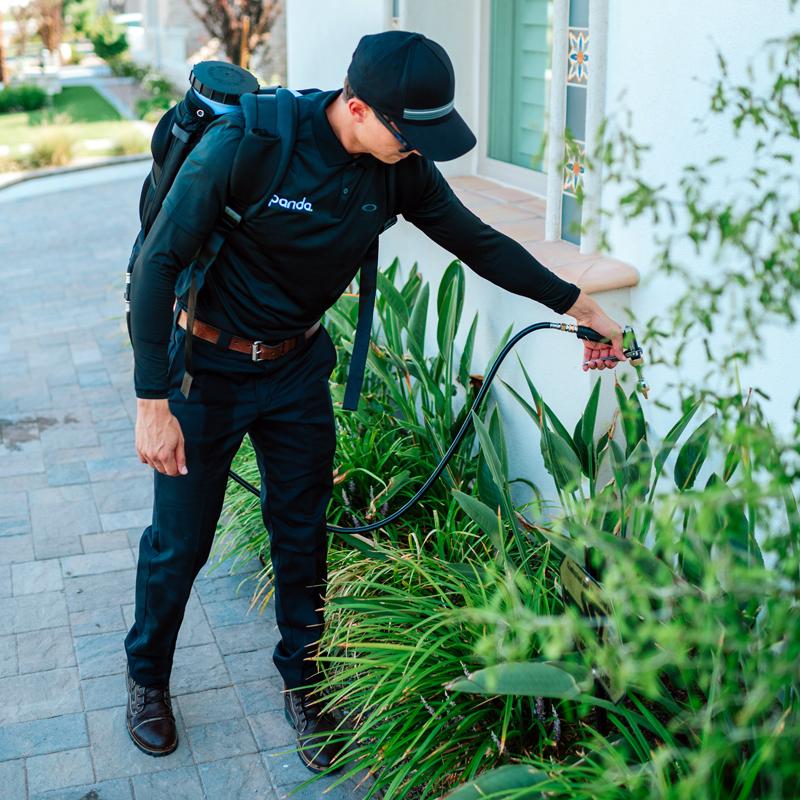Scorpions are great at sneaking. Low to the ground, silent, and tough as armor-plated insects, they make surprise entrances in closets, shoes, and bathroom drains. Although they look like a villain from a horror film, they are no doubt real and shockingly common in rocky, dry areas and desert-bordering towns.
A lot of scorpions mind their business outdoors. However, once temperatures shift or moisture becomes scarce, they can also crawl indoors seeking shelter. What makes them unnerving, apart from their terrifying claws, is their sting. Although most species are not deadly, the pain can be unforgettable. If you have spotted one, there is a high likelihood that others are just lurking nearby.



